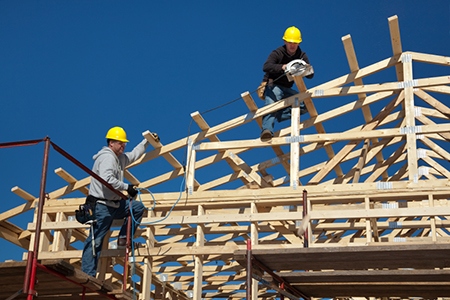 Housing starts in November rose 10.5 percent, with an annual rate of 1.173 million units (SAAR), according to the recently released Census Bureau report. Single-family starts were up 7.6 percent to 768,000, their highest level since January 2008.
Housing starts in November rose 10.5 percent, with an annual rate of 1.173 million units (SAAR), according to the recently released Census Bureau report. Single-family starts were up 7.6 percent to 768,000, their highest level since January 2008.
“This month’s housing starts report is the first solid, meaningful report on new construction we’ve seen since the early spring,” says realtor.com® Chief Economist Jonathan Smoke. “The monthly and yearly trends in both starts and permits were statistically significant, meaning the data are finally communicating a clear and positive trend.”
According to the report, the Midwest was the only region that did not experience a rise in single-family starts. Permits also showed immense growth, rising to their highest level since August 2007 at 1,289,000 which was up 11 percent from an upwardly revised October.
“This is the direction we need to combat the housing shortage, which has been causing both prices and rents to increase and the pace of new construction to not keep up with the rate of household formation,” says Smoke. “This is also positive news for the economy, as growth in residential construction will help offset recent weakness in energy and manufacturing.
Looking ahead to 2016, given strong demand and tight supply, we will expect new construction to continue to post gains to eventually catch up to the rate of household formation. We expect starts to increase 12 percent in 2016, reaching 1.23 million starts for the year, which will be the highest year for starts since 2007, when the 30-year fixed conforming mortgage rate averaged 6.34 percent.”
According to the National Association of Home Builders, November levels for starts and permits reflect builders’ steady expectations for continued modest growth in housing demand for both apartment rentals and single-family owned homes.
“The housing market continues to show signs of durability and resilience with November housing starts rebounding from a disappointing drop in the previous month,” says Quicken Loans Vice President Bill Banfield. “The choppy monthly numbers have been on a gradual trend in a positive direction and the strong monthly permits bode well as we enter the new wave of interest rate increases by the Federal Reserve.”
For more information, visit www.census.gov.










